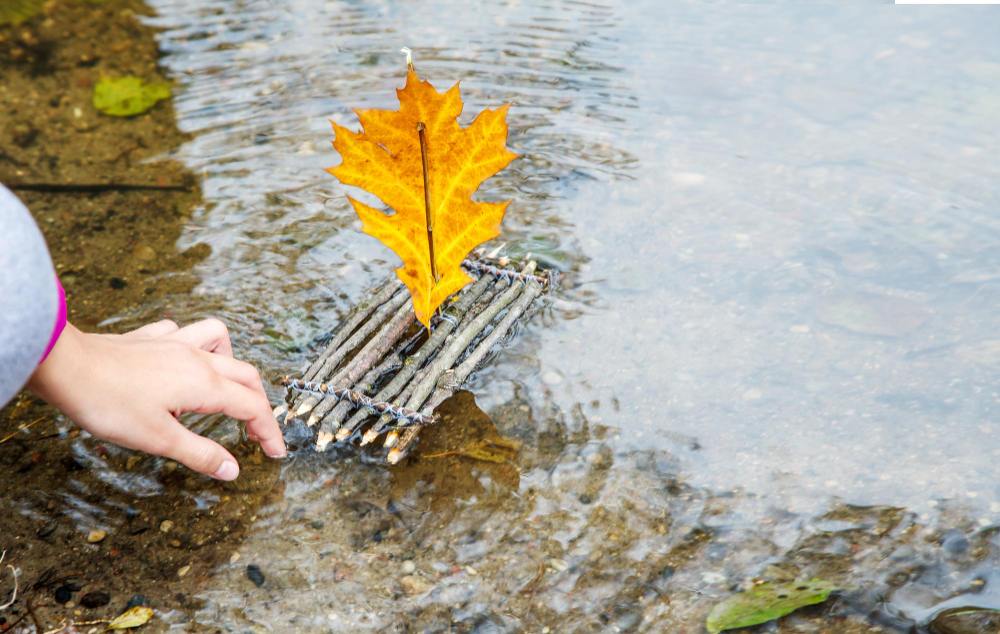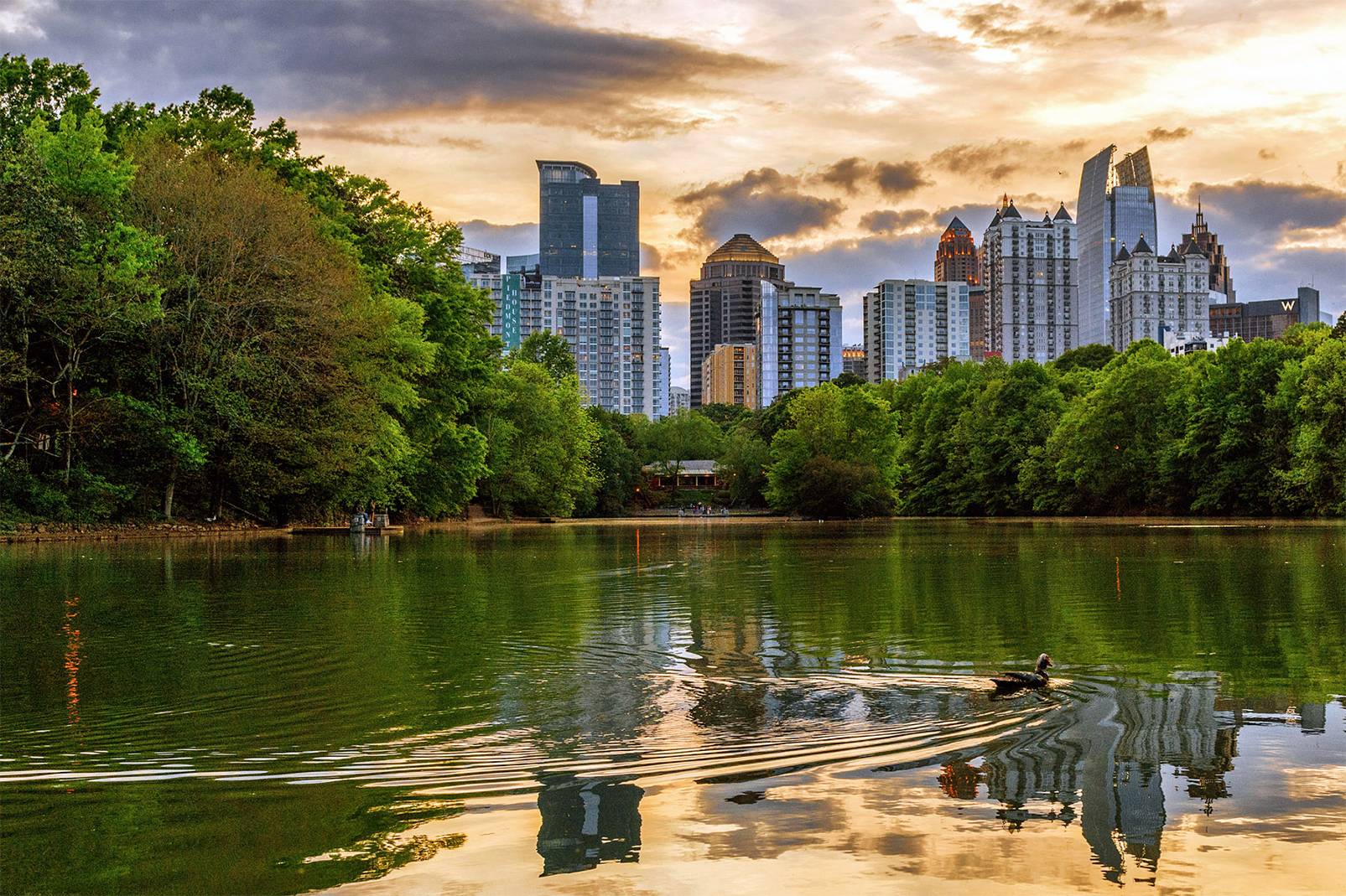
The air is crisp, temperatures are dropping, and so are the leaves. Fall is in full swing, and property owners with a water body on the premises should prepare for the season with some fall lake maintenance.
In this brief article brought to you by the lake and pond maintenance professionals at Aquatic Restoration, we share some insight on how you can make the most of the season, protect the lake’s ecosystem, and keep everything in top shape until spring.
If you’d rather hire uniformed and seasoned specialists, then contact Aquatic Restoration to book a convenient appointment. We’re happy to arrange a face-to-face consultation or on-site visit for as soon as possible.
You can’t have fall without the influx of leaves, branches, and other organic matter raining down. While a lake surrounded by autumn leaves is a beautiful sight, too much leaf matter can lead to problems. For instance, leaves sinking to the bottom of the lake or pond will break down and release nutrients into the water. These excesses can promote algae blooms and reduce oxygen levels that fish and aquatic life depend on.
Use a skimmer net or pond rake to remove floating leaves from the water. If you have a larger lake, consider investing in surface skimmers or floating booms to catch leaves before they sink. Remember to also remove some of the fallen leaves from the shore before they can enter the lake.

Aeration is essential year-round, but it’s especially valuable during the fall and winter months. This is because lake stratification (the layering of water by temperature) can lead to oxygen-depleted zones in the deeper layers when temperatures drop. Aeration helps circulate the water and make sure oxygen reaches all levels of the lake.
Take time to inspect and service your aeration system. Clean air filters, check air stones or diffusers, and ensure that all parts of the system are working effectively. If you don’t already have an aeration system, fall is a good time to consider installing one!
We’ve mentioned the impact of leaves and debris on algae blooms, but that’s not the only catalyst for algae growth. Lawn fertilizer runoff and decaying plant matter can also contribute.
Create a natural buffer zone around the lake with native grasses and plants. These plants help filter out nutrients before they reach the water. Moreover, be mindful when using lawn fertilizer and be aware that runoff can contribute to nutrient overload in the lake.
Buffer zones are essential, but they must be maintained. Shrubs, grasses, and other plants growing near the water’s edge can accumulate and contribute to organic material buildup as they die back. By trimming them back now, you can reduce the amount of decaying vegetation that might enter the water. Plus, trimmed vegetation looks better! Just make sure not to overdo it.
Lake and retention pond maintenance can be time-consuming and sensitive work, but you don’t have to do it alone. In fact, you can hire experienced specialists to get the job done quickly, safely, and effectively. Contact Aquatic Restoration to get in touch with a member of our team. We’re happy to address questions and concerns, schedule an appointment, or arrange urgent assistance.
Sediment buildup is one of the biggest threats to lakes and ponds. It not only impacts water quality but also…
If you own a pond or lake, you know that proactive maintenance is an integral part of keeping the…
If you’ve ever walked outside and noticed your lake suddenly turn a murky shade of green, you’re not alone. Many…
Lakes are vital ecosystems that support wildlife, protect water quality, and enhance the quality of life for surrounding communities. Whether…
If you’re reading this, there’s a good chance you’re sick and tired of dealing with aquatic weeds that never…